What does “perennial” mean? What about “venation” or “whorl”? Find out in this no-nonsense, illustrated guide to nearly 50 botanical terms.
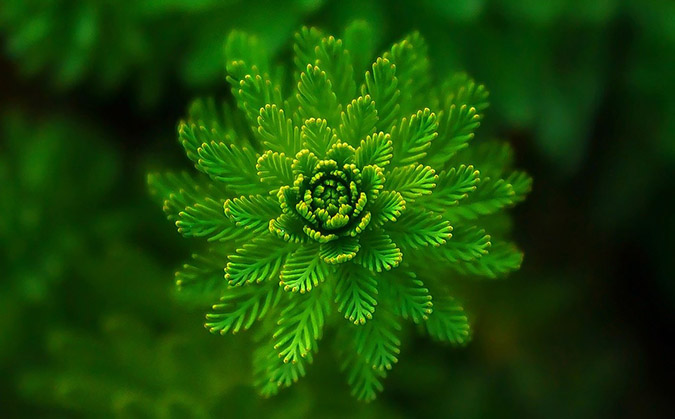
A No-Nonsense, Illustrated Glossary of Botanical Terms
Have you ever been reading a book or online article and come across some plant terminology you didn’t recognize? Sure. That happens to everyone from time to time. And that’s why I created this botanical terms cheat sheet.
No more flipping though plant guides or popping back and forth to Google. This cheat sheet will give you quick, no-nonsense definitions for the most common botanical terms you’re likely to come across, along with pictures.
Common Botanical Terms
Aerial
Referring to the aboveground parts of a plant.
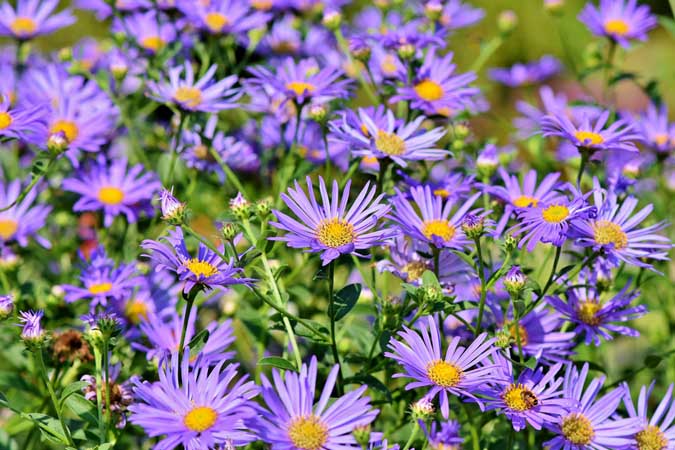
Alternate
A pattern of leaf attachment with leaves appearing one at a time, alternating back and forth down the stem.
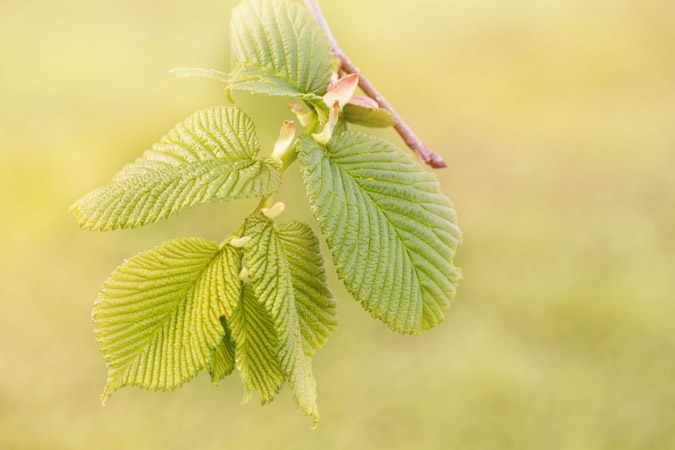
Annual
A plant that lives one year.
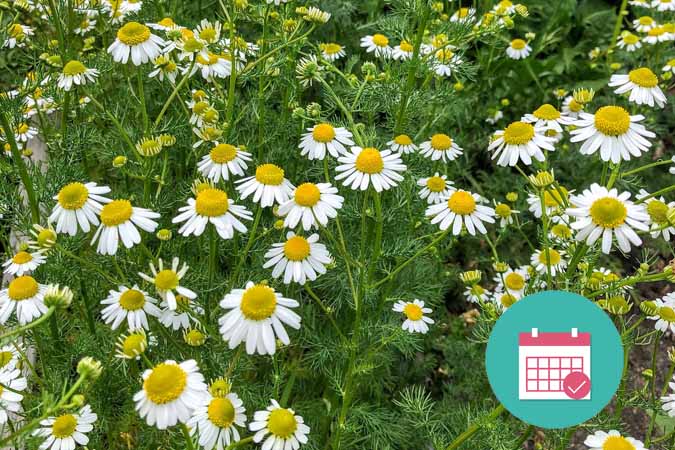
You May Also Enjoy:
“Growing Arugula: The Rocket in Your Salad Bowl and Garden (With Recipe)”
“Chard en Garde Manger: The Delicious 3-Season Green for Food Security’
Biennial
A plant that lives 2 years, usually fruiting in the second year.
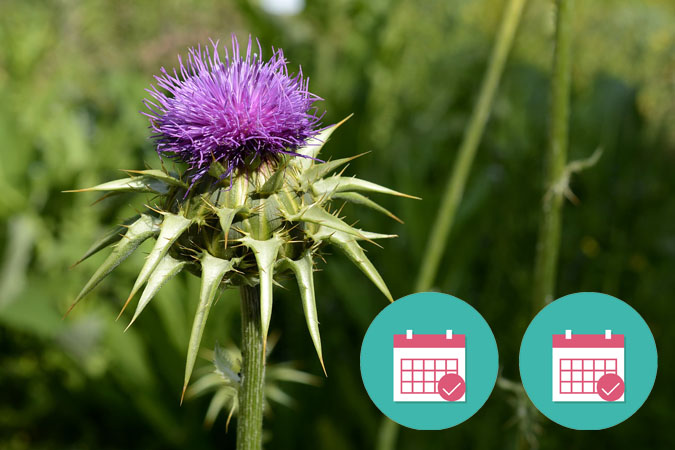
Branching Venation
A venation pattern where leaf veins spread outward like a net or web.
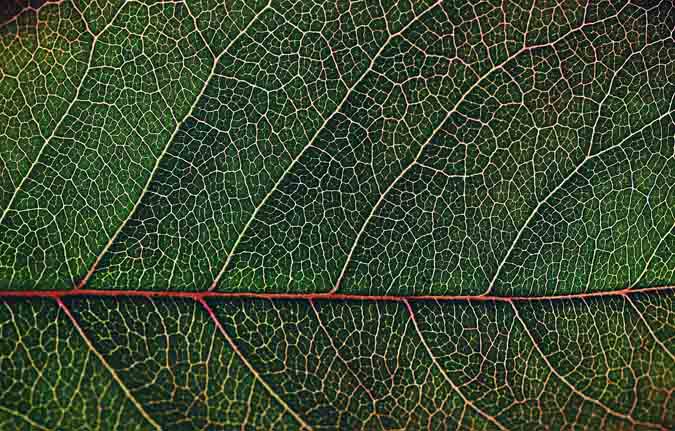
Bulb
An underground storage organ formed by a stem and leaf bases.
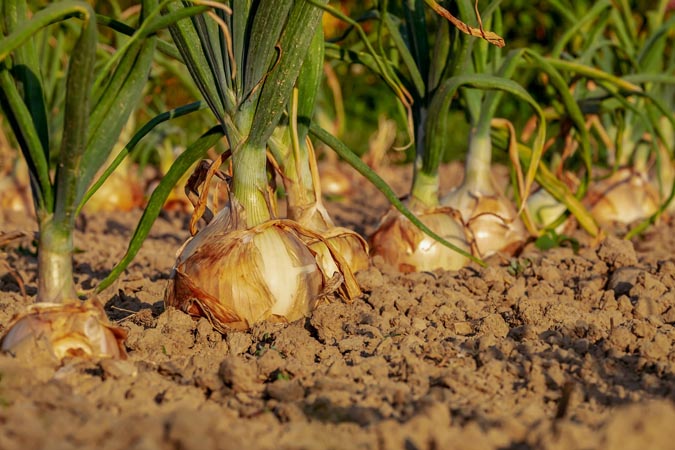
Compound Leaf
A single leaf that is broken up into multiple leaflets. 2 common patterns of compound leaf are palmate (hand-like) and pinnate (feather-like).

Cotyledon
The first leaf or leaves produced by a seed.
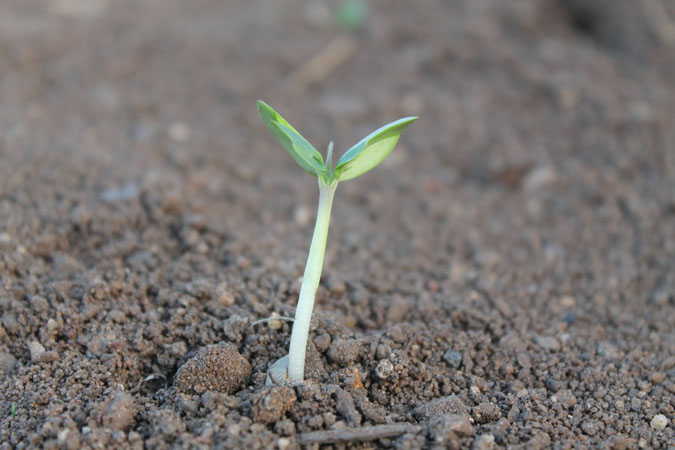
Deciduous
A plant that loses its leaves in the winter.
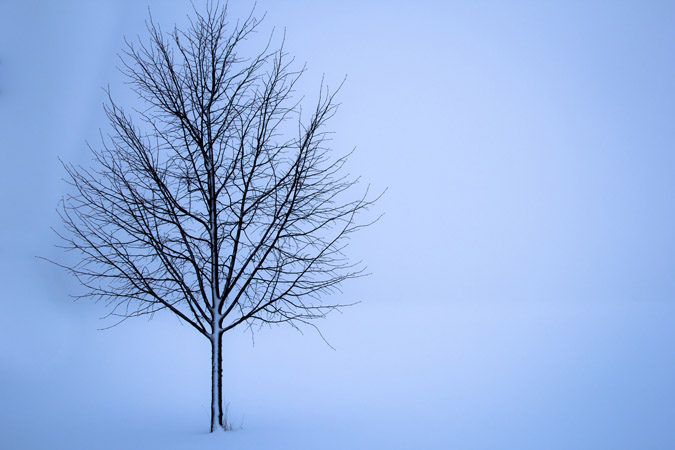
You May Also Enjoy:
“All Hail, Kale! Growing Kale at Home (With Recipe)”
Dicot
Also called dicotyledon. One of the 2 major divisions of flowering plants. Dicots have 2 cotyledons (seed leaves). Mature leaves have branching leaf veins.
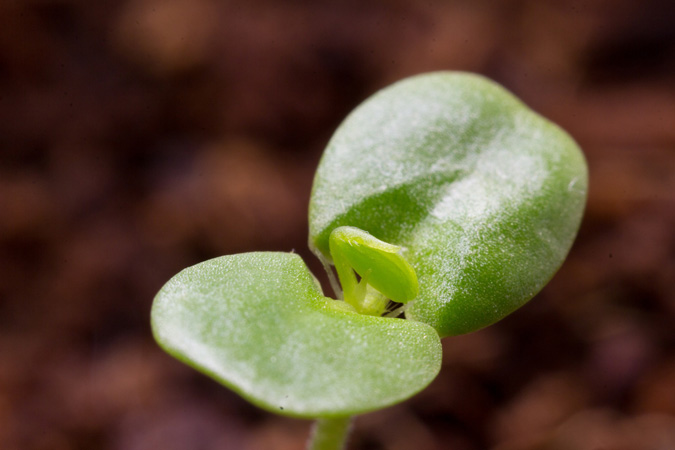
Entire
A leaf-margin pattern where the leaf edges are smooth.
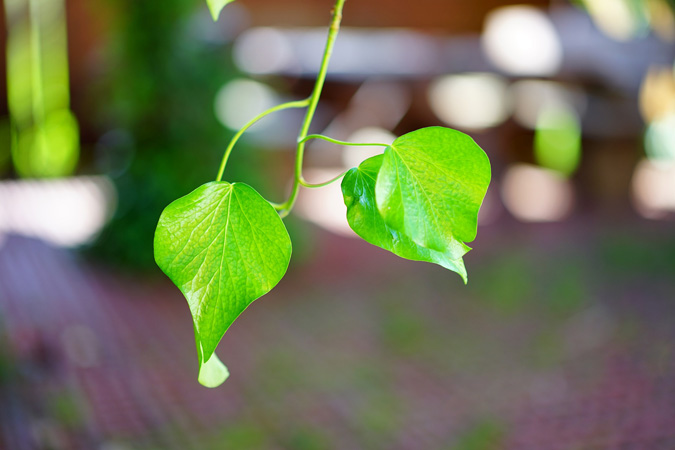
Evergreen
A plant that keeps its leaves in winter.
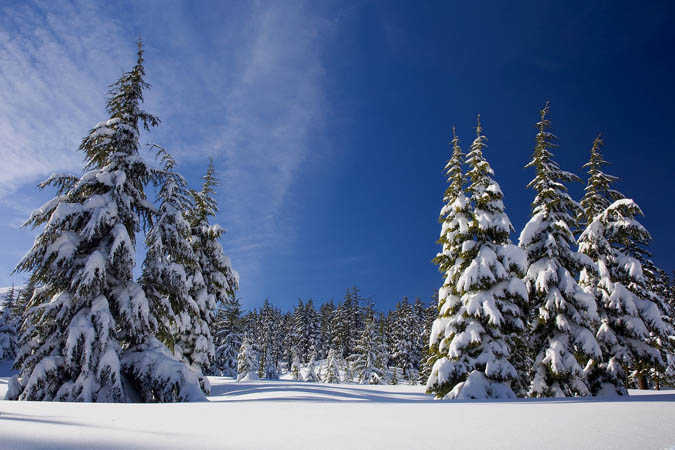
Glabrous
Having no hairs or hair-like projections.
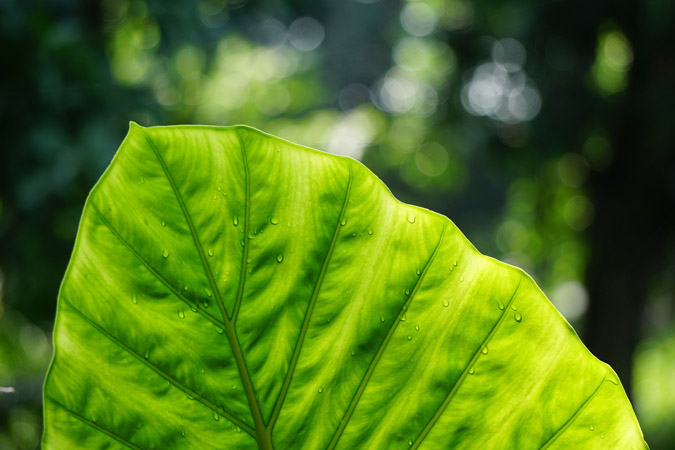
Leaf
A plant structure that is attached to a stem, and which performs photosynthesis and respiration functions.
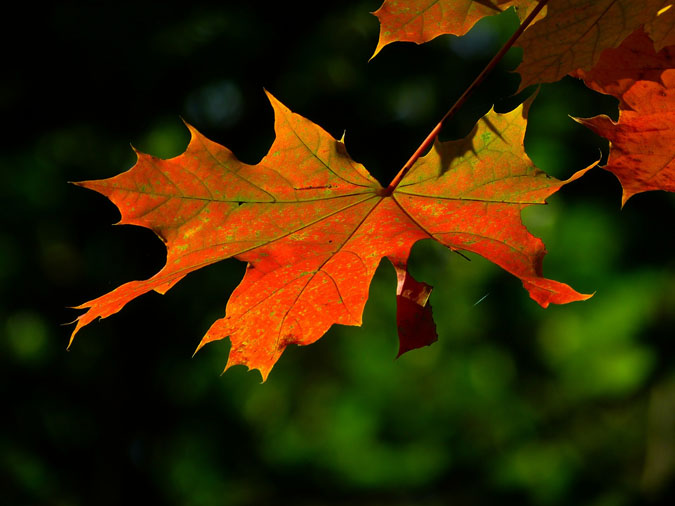
You May Also Enjoy:
“Mustard Greens: What You Need to Know Before You Grow (With Recipe)”
Leaf Blade
The broad portion of a leaf.
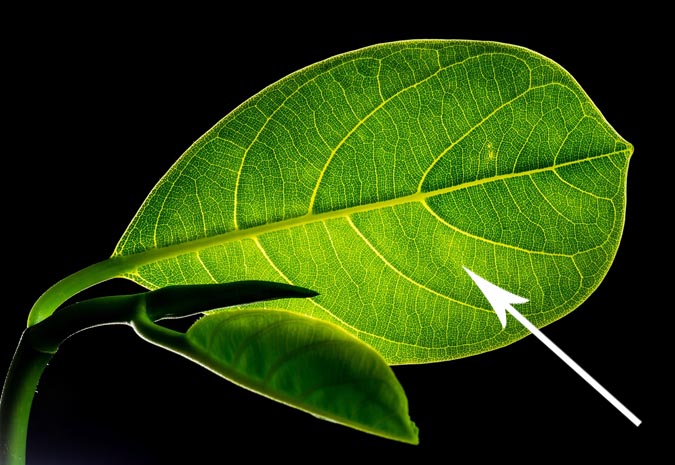
Leaf Shape
The overall shape of a leaf, of which there are many possibilities. Some of the more common leaf shapes include cordate (heart-shaped), round, lance-shaped (lanceolate), palmate, and needle.

Lobed
A pattern of leaf margin where the leaf edge has rounded projections or divisions.
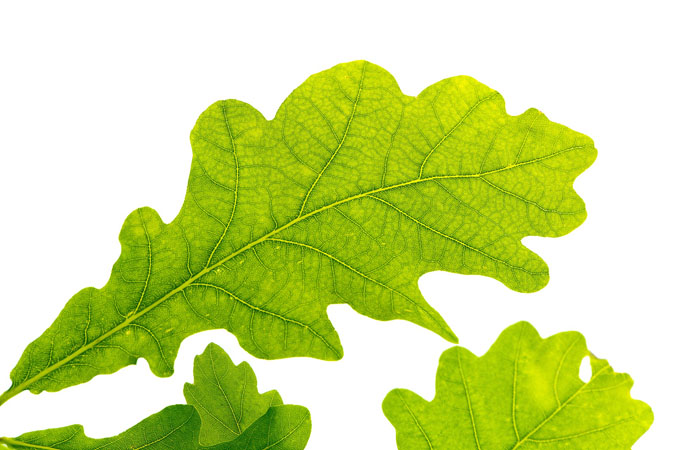
Margins
The edges of a leaf. Common margins include entire, lobed, spiny, toothy, and wavy.
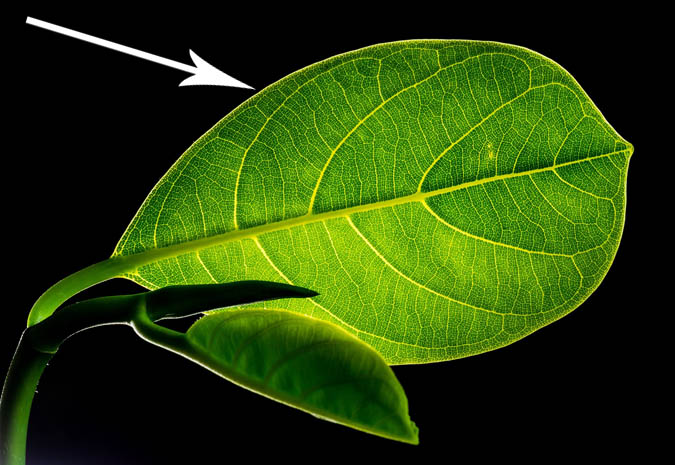
Midrib
The central vein in a leaf.
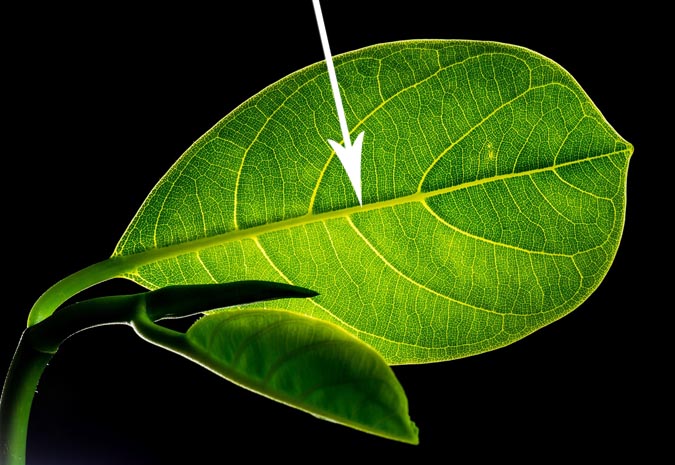
Monocot
Also called monocotyledons. One of the 2 major divisions of flowering plants. Monocots have a single cotyledon (seed leaf). Mature leaves have parallel leaf veins.
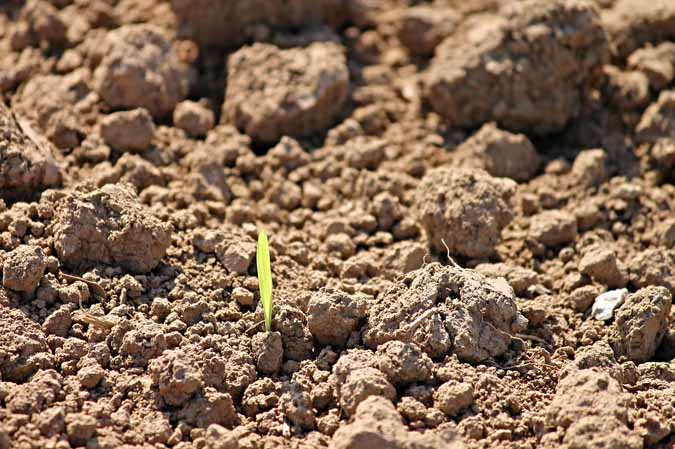
You May Also Enjoy:
“Purslane: The Omega-3 You Can Grow for Free! (With Recipe)”
“Growing Spinach: Pack a Punch in a Little Bunch”
“Sweet Potato Vines: How to Grow This Antioxidant Powerhouse”
Node
A point along a plant’s stem at which one or more leaves or branches can form. Certain plants can also grow roots at nodes.
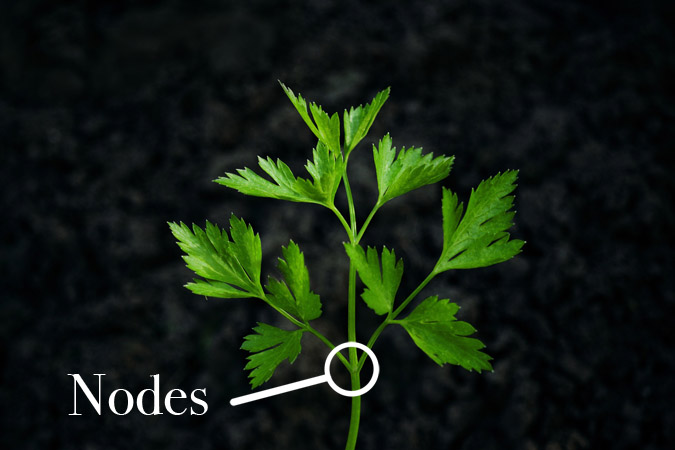
Opposite
A pattern of leaf attachment. Leaves appearing in pairs, one on each side of the stem.
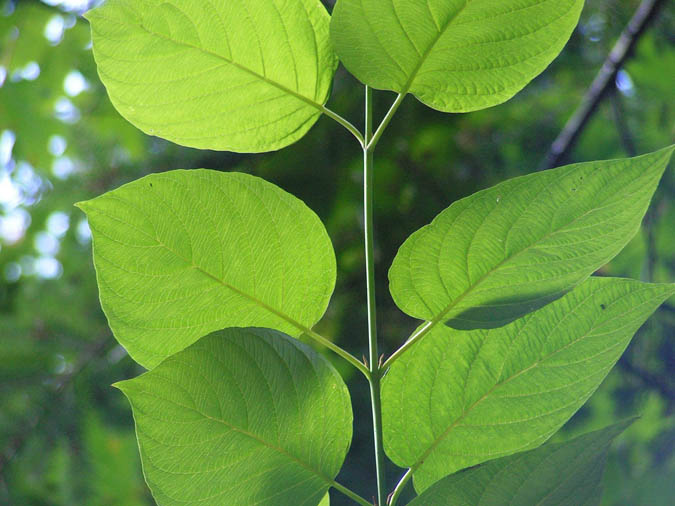
Palmate
Coming from a central point and spreading out like fingers on a palm. Can refer to leaf shape, leaf venation, or arrangement of leaves or leaflets.
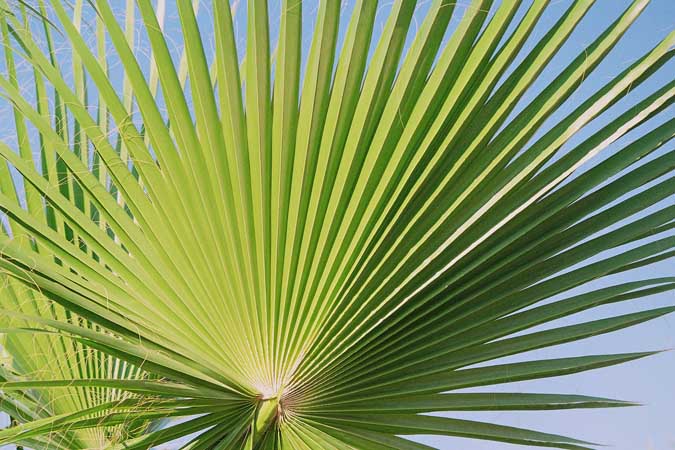
Parallel Venation
A pattern of leaf venation where the veins run alongside one another, without crossing.
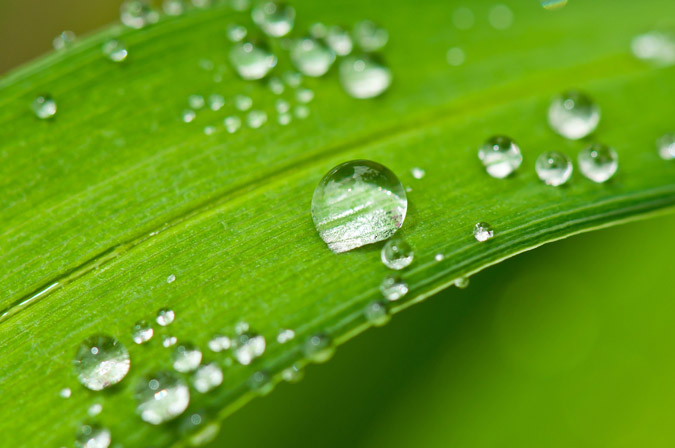
Pedicel
The short stalk that a single flower grows on when it is one in a cluster of flowers. The pedicel attached to the peduncle.
Peduncle
The main stem that supports the pedicels of a group of flowers, or a single flower when there is only one on the stem.

Perennial
A plant that lives more than 2 years.
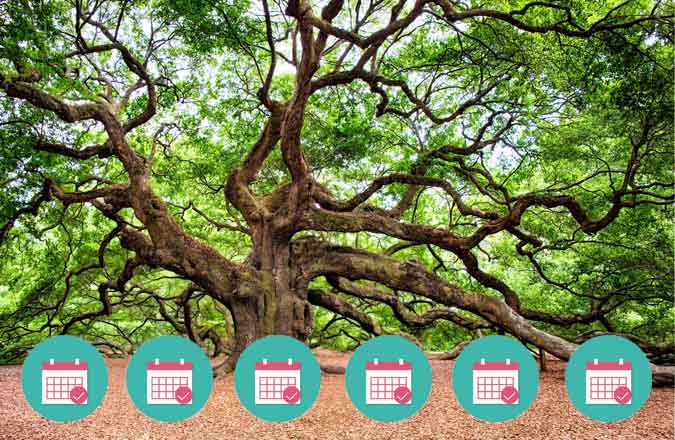
Petals
The showy, attention-getting parts of a flower.
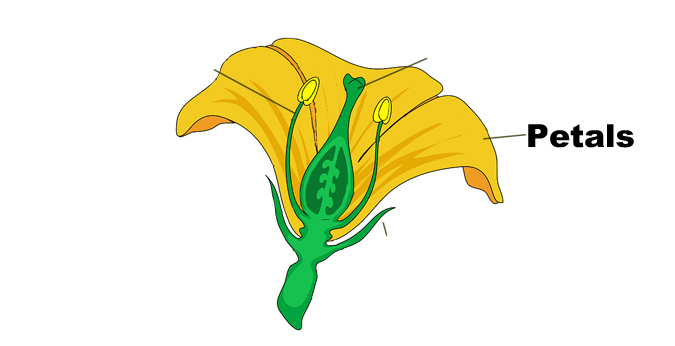
Petiole
The stalk which connects a leaf to a stem.
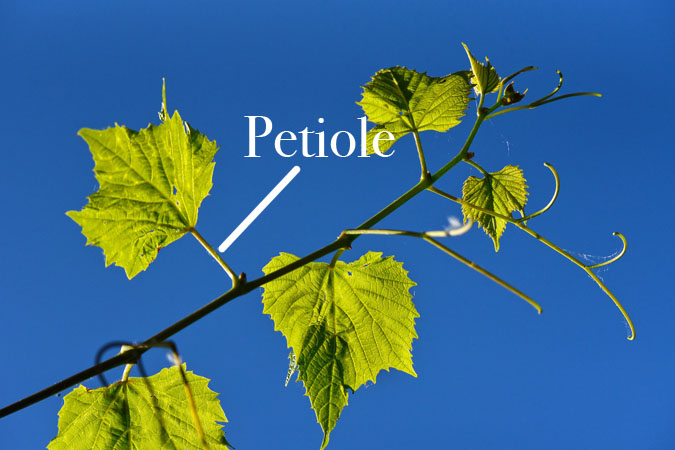
Pinnate
Literally meaning “resembling a feather.” It can refer to leaflet arrangement or a venation pattern.
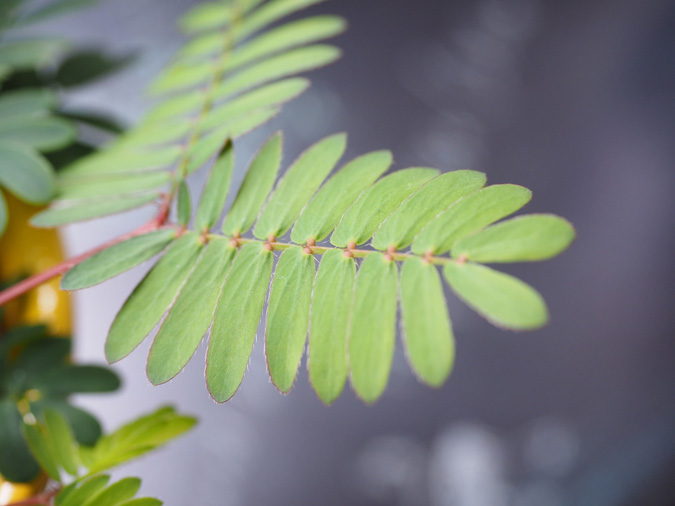
Pistil
The female part of a flower.
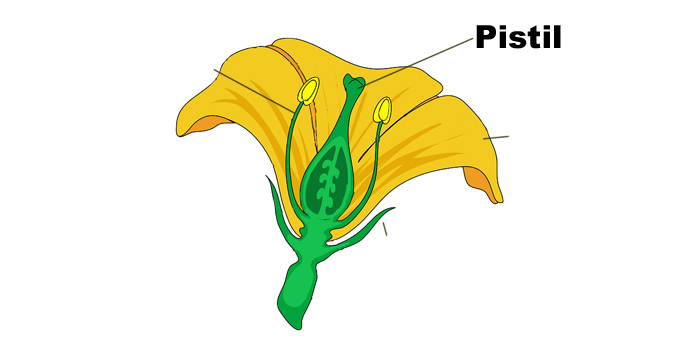
Pith
The soft, spongy material in the center a stem.
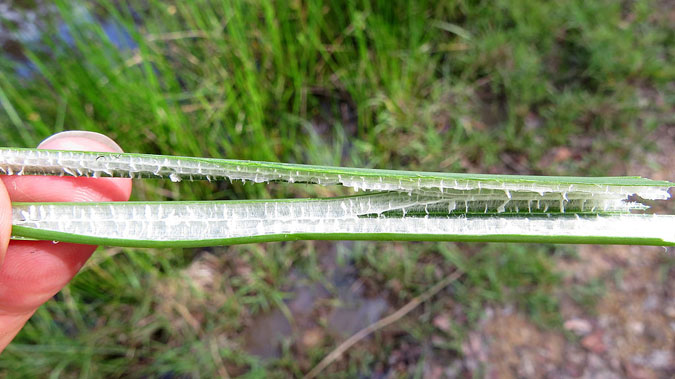
Pubescent
Having hairs or hair-like projections.
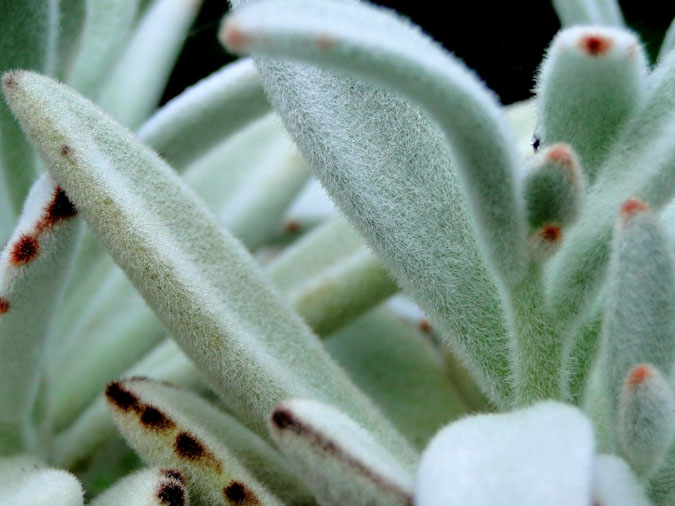
Raceme
An arrangement of flowers along a stem in which the flowers grow singly on short stalks (pedicels) that are arranged equally along the stem. The flowers open in succession from bottom to top.
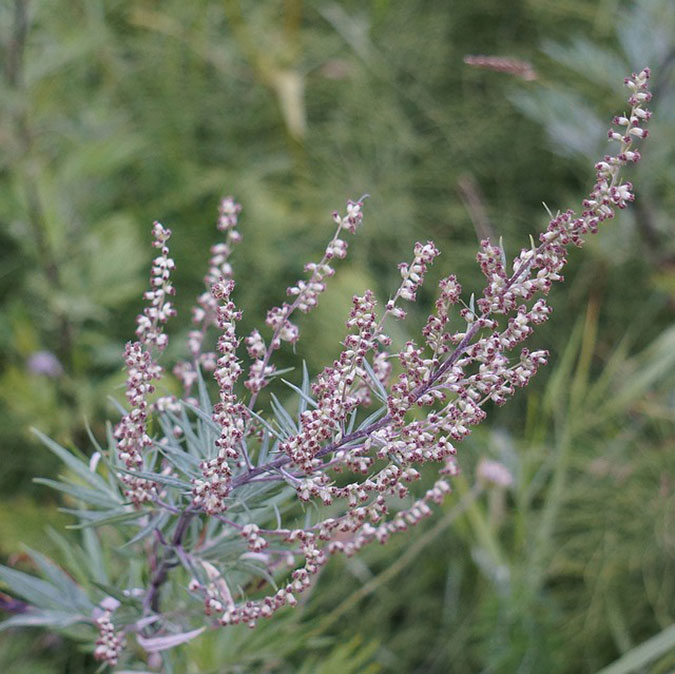
Reticulated
(See “Branching Venation.”)
Rhizome
An underground, horizontal stem, often confused with a root.
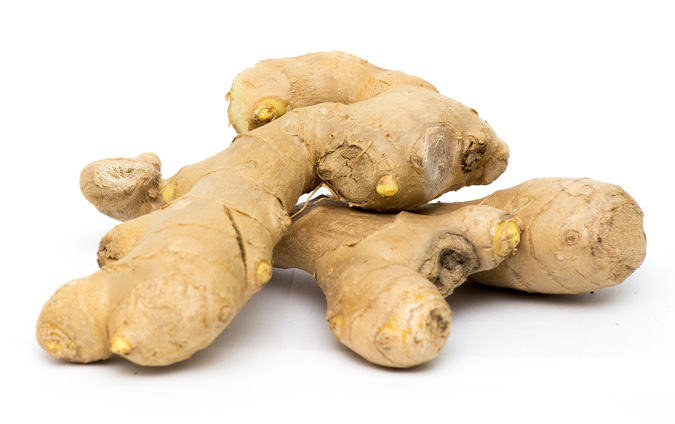
Root
Plants structures that exist for support, and for water and mineral absorption. Usually underground.
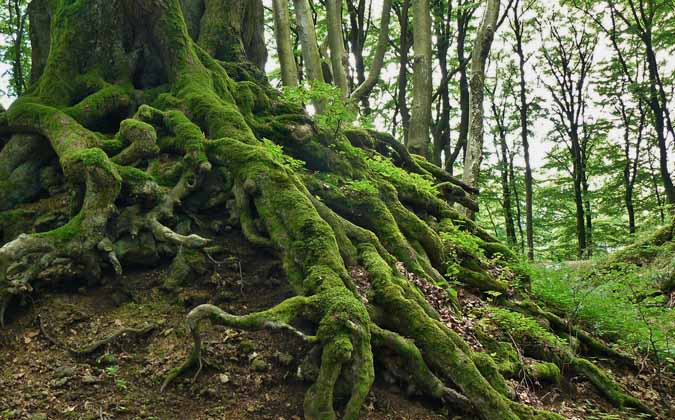
Rosette
A circle of leaves around a central point at, or very close to, ground level.
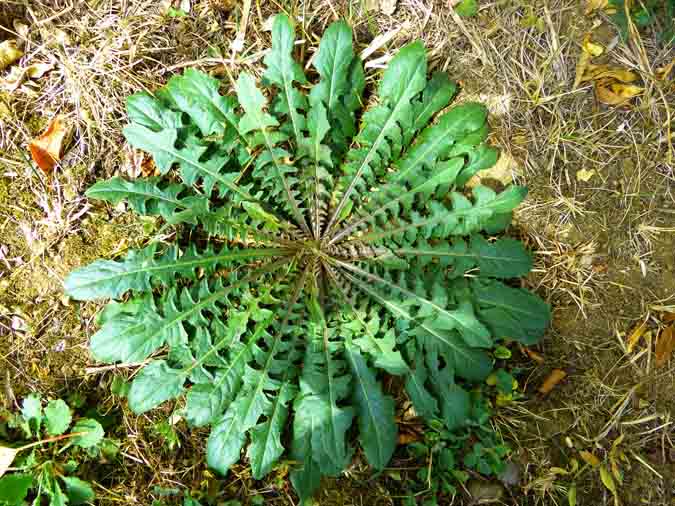
Sepals
Structures behind the petals. They often serve a protective role.
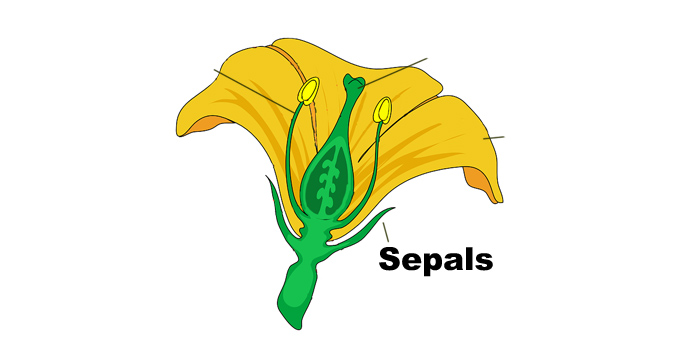
Sessile
A leaf that directly connects to a stem, without a petiole.

Simple Leaf
Each leaf is a complete leaf unto itself. The leaf blade is not divided.
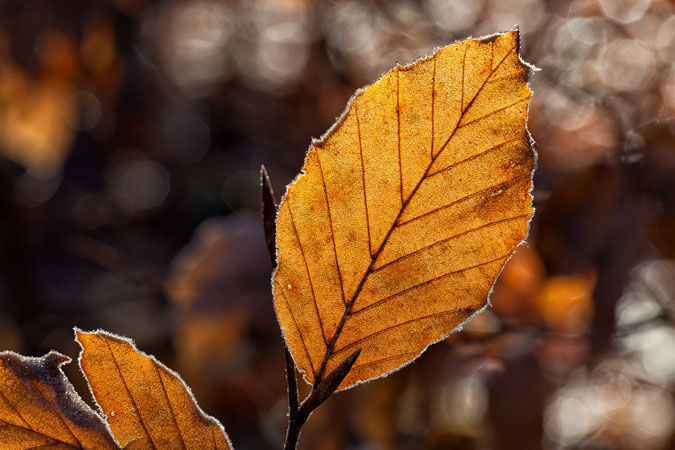
Spiny
A leaf-margin pattern where the leaf edgdicote has sharp, hard, needlelike projections.
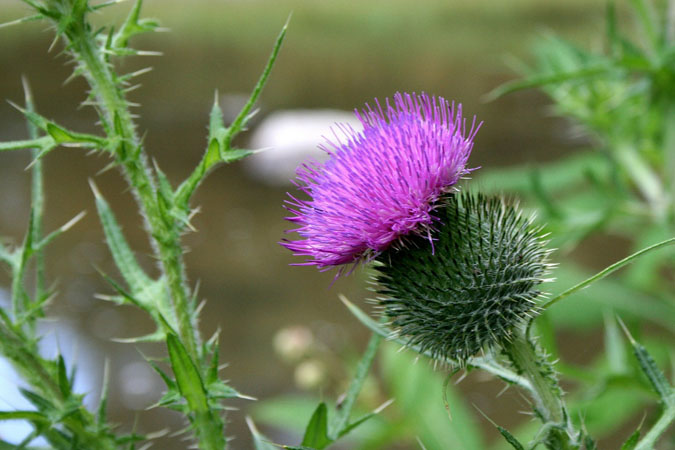
Stamen
The male part of a flower.
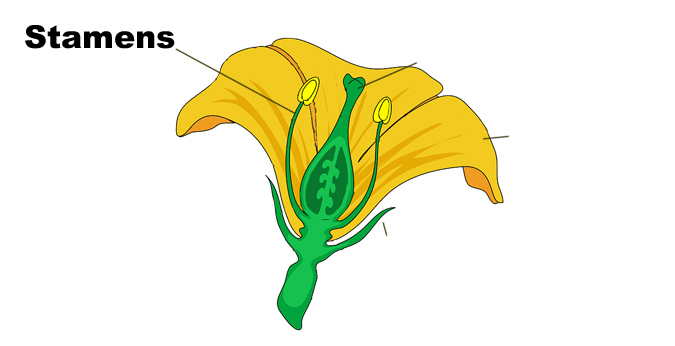
Stem
The main trunk of a plant. It provides support and transports resources back and forth across the plant.
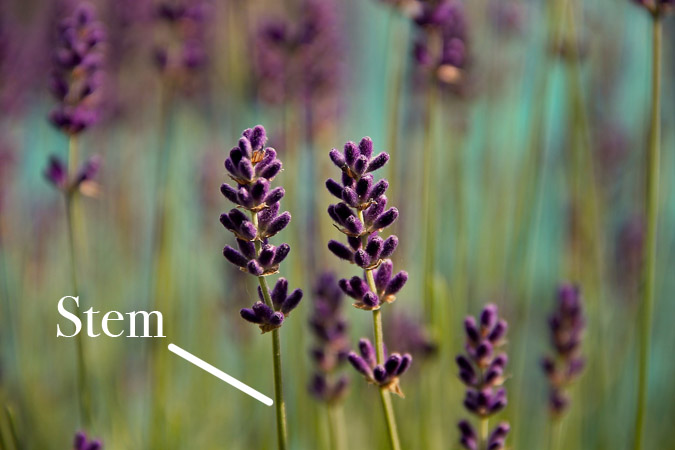
Taproot
A large, central root.
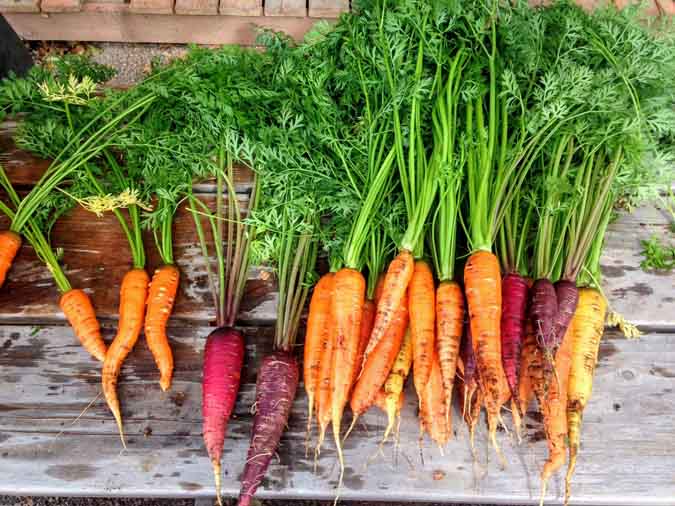
Toothy
A leaf-margin pattern where the leaf edge has small jagged projections, similar to teeth or a saw blade.

Venation
The pattern of the veins in a leaf. The 2 main categories are reticulated (branching) and parallel.
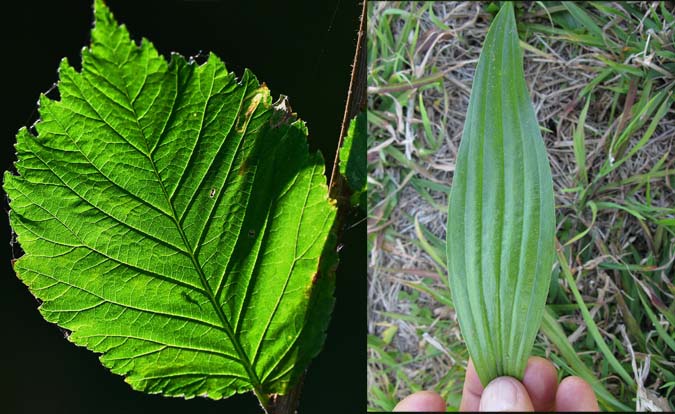
Wavy
A leaf margin pattern where the edge of the leaf undulates, as a wave.
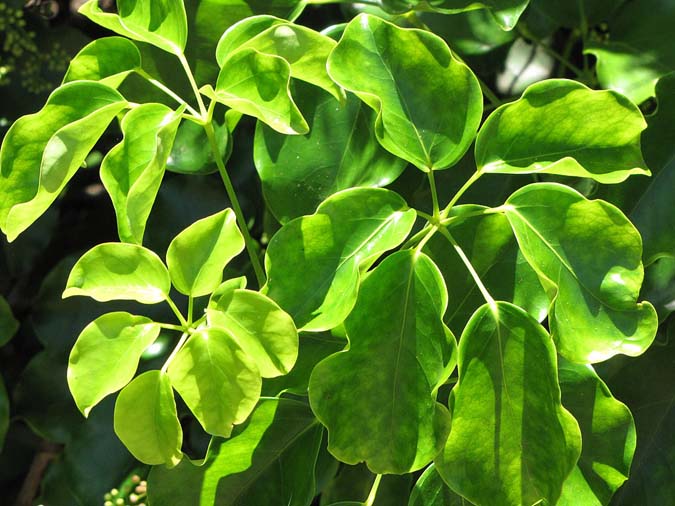
Whorl
A pattern of leaf attachment. Leaves appear in groups of 3 or more, around a stem.
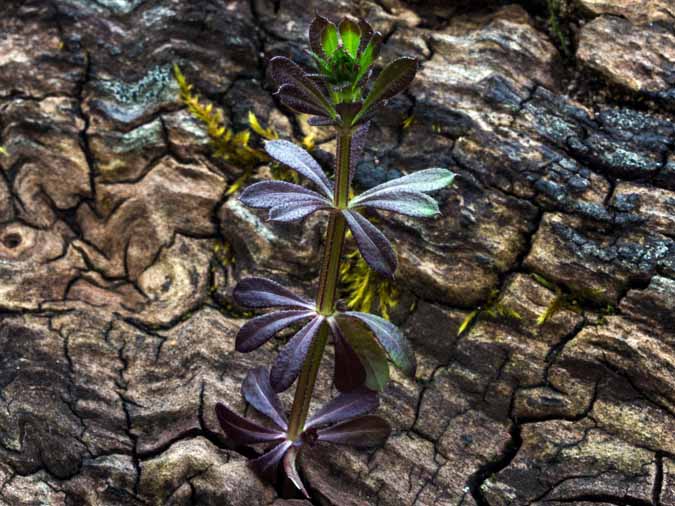
There it is, friends. Now you’re all set to demystify those plant guides or just sound impressive when talking to friends. Enjoy your cheat sheet.
What Do You Think?
Are there any botanical terms that you think should be added to this list? Let me know in the comments!
_______________________________
This is an updated version of an article that was originally published on September 24, 2018. The author may not currently be available to respond to comments, however we encourage our Community members to chime in to share their experiences and answer questions!

Scott Sexton is a TGN Trailblazer, a highly experimental gardener, an unrelenting weed-eater, and a largely non-profit herbalist (much to his wife’s chagrin). When Scott is not teaching foraging classes, testing out theories in the garden, or grazing in the forest, he can be found at his Facebook page, “A Forager’s Guide to the Zombie Apocalypse.â€

great article! This will help lots of people who have been asking for advice on how to start identifying their plants! great gob Scott!
Thanks Heather. My aid is to help, and I try my best.
Nice to have everything put together. I remember when I first started gardening (No experience whatsoever) I was crushed when all of my plants died. Little did I know that’s what “annual” on the tag meant.
I’ve had more than my share of gardening mishaps. As a forager, I tend to be too fond of the weeds and let them take over. Oops.
Scott, I may be wrong, but aren’t biennials plants that only produce fruit, flower or seeds every other year, not necessarily plants that only live two years?
Hi Grammyprepper. To my understanding, “biennial” can refer to an event that occurs every 2 years. But with plants, “biennial” refers to a plant that lives 2 years and then dies. Of course, the plants haven’t read the plant books. So you can occasionally catch them misbehaving.
Mullein, fennel are both biennial plant meaning it takes 2 years to go through he entire lifecycle (seed to fruition) or spoken another way a plant that completes its lifecycle in 2 growing seasons. So you’re both kind of right 🙂
I have a number of unidentified plants/trees in my garden. Any chance you could guide us on identifying them? I have tried the internet but it was not successful. I mean how many softwood trees ooze red sap when you cut a branch off. Even this unique feature failed to get me anywhere. Just asking.
Thank you so much for this information. I always enjoy your posts and presentations.
Scott I love you articles they always have great information.
The pictures were really helpful to me
Thanks, Monica. Glad I could be helpful!